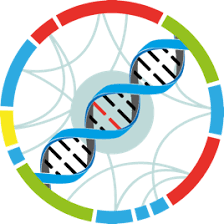Study : Whole genome sequencing of two ficus species (Ficus racemosa and Ficus vasculosa)
Identification
Name
Whole genome sequencing of two ficus species (Ficus racemosa and Ficus vasculosa)
Identifier
dXJuOkVWQS9zdHVkeS9QUkpOQTI1MjU5OQ==
Description
The Moraceae includes thirty-five genera but two genera (Ficus and Artocarpus) are the most ecologically predominant in tropical Asia. Figs (Ficus) have long been identified as keystone species in tropical forest ecosystems, as they provide food to a wide range of frugivores throughout the year and help maintain animal populations in disturbed habitats. Figs also possess a complex co-evolutionary relationship with their pollinators, the highly specialized fig-pollinator wasps. Additionally, figs possess two main sexual systems : “monoecy” where unisexual flowers of both sexes are found within the same synconium, and “dioecy” where unisexual flowers of only one sex are found on different plants. These sexual systems should impose substantially different dynamics on population level gene flow, particularly in relation to effective population size. This project include whole genome sequencing of two ficus species (Ficus racemosa and Ficus vasculosa), and is a continuation of study SRP001299.
Active
No
Data files
Genotype
| Accession number | Name | Taxon |
|---|
